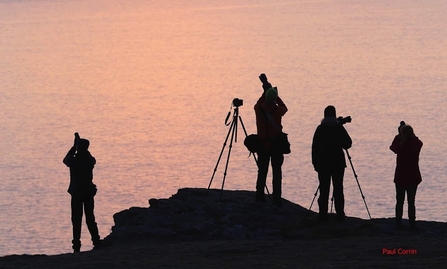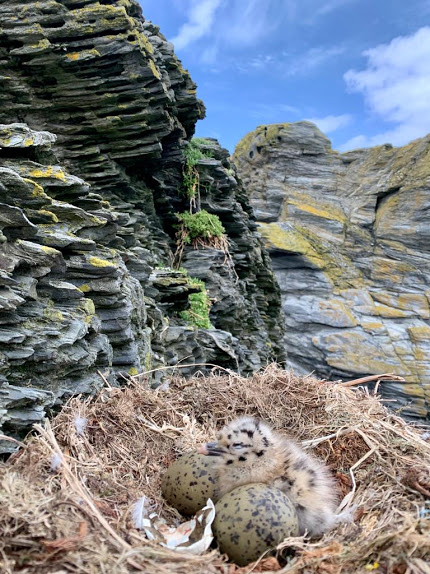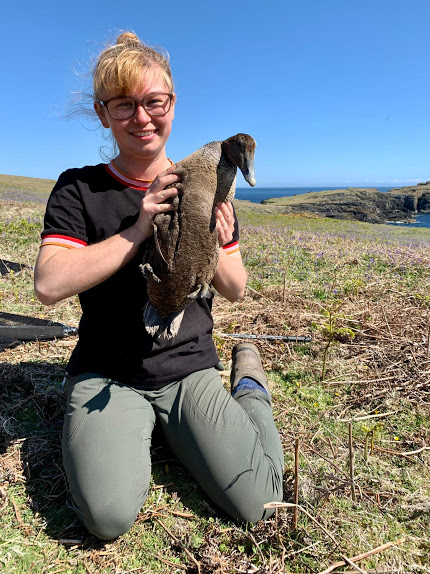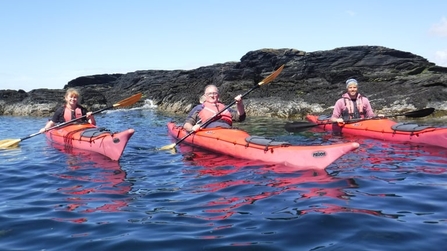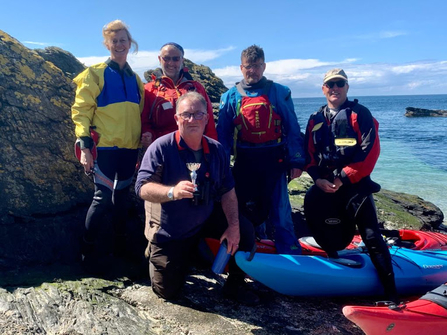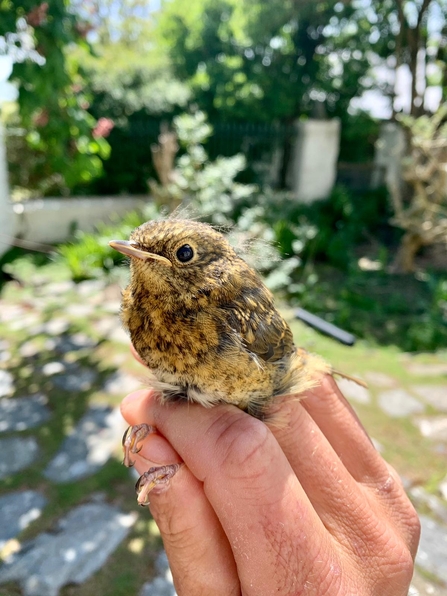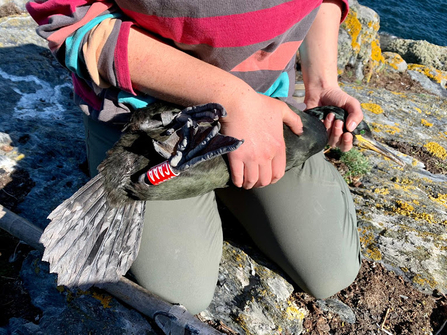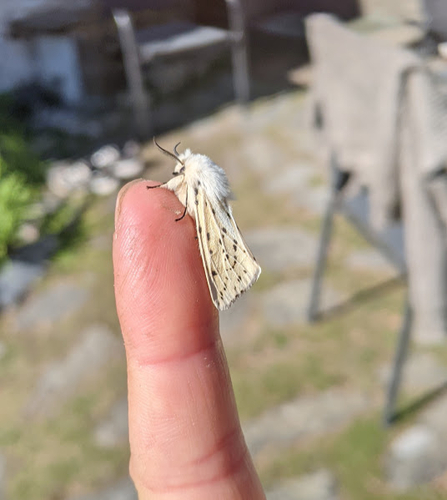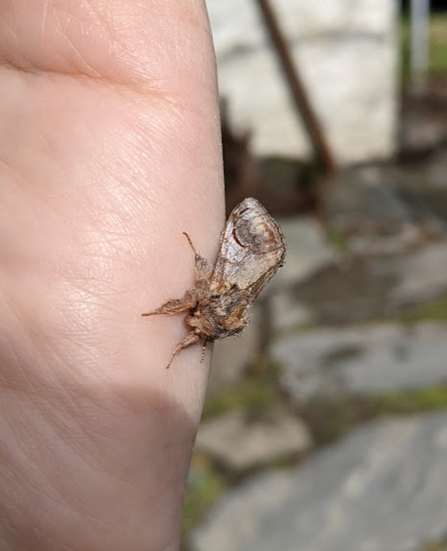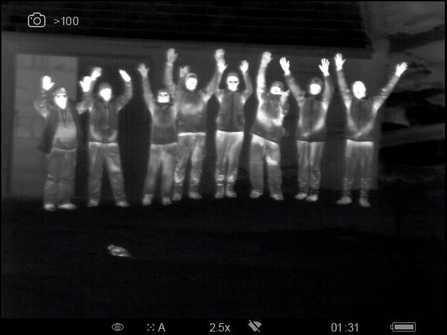
Calf photographers team photo with the thermal image camera
Weeks 3 and 4 saw the beginning of our adult education courses which filled the observatory with enthusiastic photographers, dry stone waller’s and birdwatchers. Starting with the photography course run by Mike Radcliffe. It was fascinating to watch these artists capture and present our island and its diverse wildlife. Some of the highlights included shots of Grey Seals, seabirds, rabbits, and Loaghtan lambs. The photographers were then joined by the Manx Shearwater experience group for one night of manxie dazzling. We managed to find 21 birds including one that had been ringed 20 years prior!

